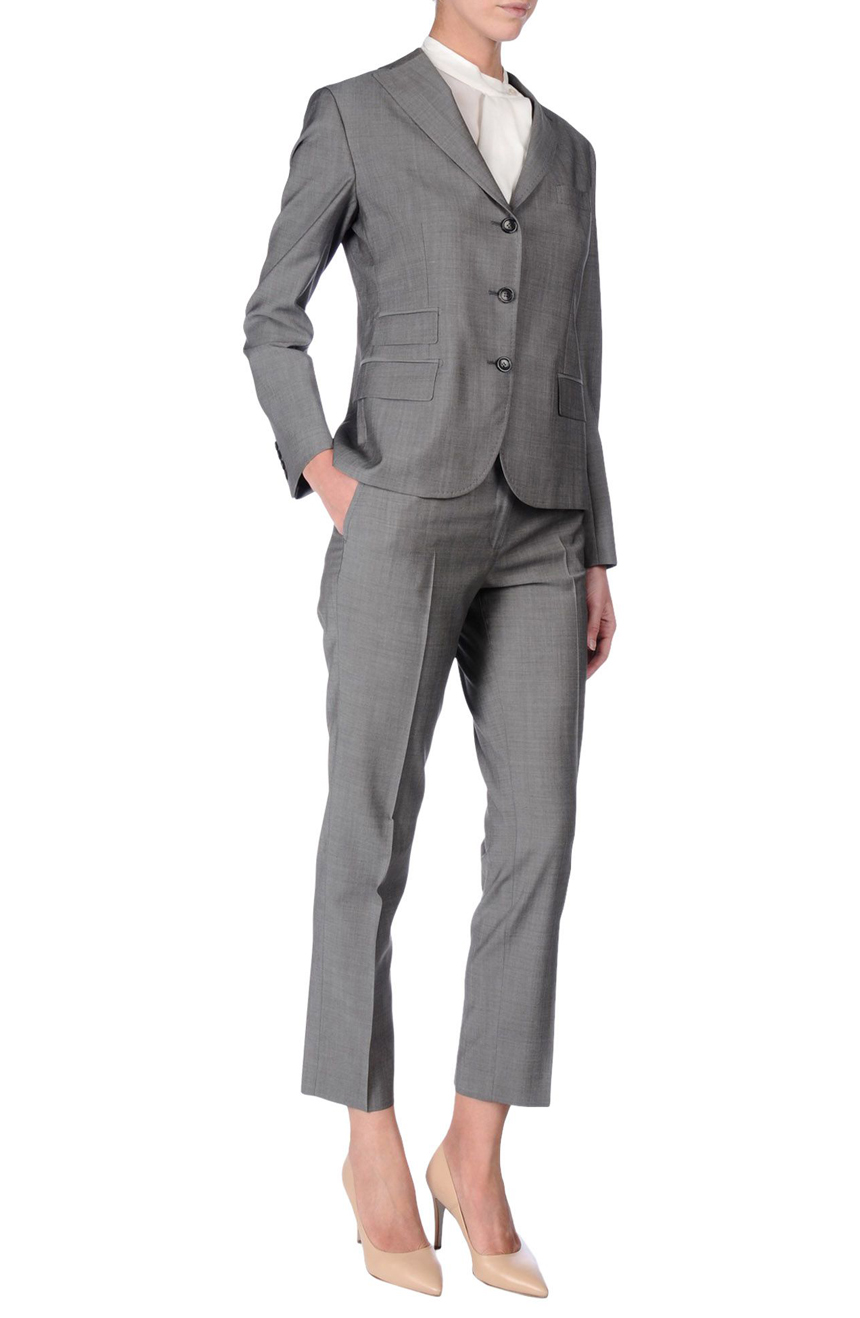Tailor Suits Perth: Discover the Perfect Suitable For Every Celebration
Wiki Article
Recognizing the Tailoring Process: From Textile Selection to Last Suitable for the Ideal Wardrobe
The customizing process is an intricate interplay of art and scientific research, starting with the essential choice of fabric choice and culminating in the specific changes of final installations. Each material kind brings distinct top qualities that affect not only the aesthetic charm yet also the garment's longevity and suitability for various occasions. Comprehending the subtleties of customizing techniques can elevate one's wardrobe to extraordinary levels of class. As we discover these elements even more, one have to take into consideration how even the smallest information can dramatically impact the general end result of one's personal style.Value of Fabric Option
Selecting the appropriate material is important in the customizing procedure, as it straight affects the convenience, longevity, and total visual of the final garment. The choice of material sets the structure for the garment's performance, functionality, and style. Various fabrics possess one-of-a-kind residential or commercial properties, such as breathability, stretch, and weight, which can dramatically impact exactly how the garment drapes and fits the body.
A tailored piece made from an ideal fabric not just showcases workmanship but additionally raises the user's confidence. Consequently, comprehending the nuances of material selection is paramount for any tailoring venture. It makes certain that the last item not just satisfies the aesthetic wishes of the customer yet additionally lines up with functional requirements, thus attaining a harmonious equilibrium in between kind and feature in the customized closet.
Kinds of Fabrics and Their Uses
Comprehending the different kinds of fabrics readily available is vital for making notified decisions during the customizing process. Each fabric has one-of-a-kind qualities that determine its suitability for specific garments and celebrations.Its convenience allows it to be tailored right into whatever from t-shirts to dresses. Its natural elasticity helps garments keep form over time.
Silk exudes luxury and is lightweight, making it ideal for eveningwear and delicate blouses; nevertheless, it requires mindful handling as a result of its fragility. Linen, with its distinctive coating, is a popular option for warm environments, supplying a crisp and ventilated feel, however it wrinkles conveniently, which might affect the garment's look.
Synthetic textiles, such as polyester and nylon, deal durability and resistance to wrinkles, making them suitable for day-to-day wear and active clothing. Comprehending these material kinds and their buildings enables for better decision-making, making certain that each tailored item not just fits well yet additionally aligns with the designated objective and occasion.
The Tailoring Methods Discussed
The art of customizing depends on a selection of strategies that transform material into well-fitted garments. Central to this procedure is pattern composing, where a tailor develops themes based upon the customer's measurements and wanted style. This initial step guarantees that the garment will certainly fit the wearer effectively prior to any type of reducing occurs.Once patterns are developed, cutting methods enter into play. Precision is critical as mistakes can bring about misfitting garments. Tailors usually utilize different reducing approaches, such as single-layer reducing for intricate layouts and multiple-layer reducing for performance on common patterns.
Basting is one more crucial technique, enabling dressmakers to momentarily stitch fabric assemble for a preliminary installation (tailored suits perth). This method more offers the chance to examine the drape and overall shape before final stitching
Seaming techniques, consisting of flat-felled joints and French joints, boost the garment's sturdiness and visual allure. Tailors also utilize strategies such as interfacing and cushioning to supply framework and shape to certain areas, like collars and shoulders.
Finally, ending up methods, including hemming and side ending up, ensure the garment's long life while supplying a refined appearance. With each other, these techniques form the foundation of reliable tailoring, leading to charming, tailor-made clothing.

Suitable Adjustments and Factors To Consider
After the first tailoring strategies have been used and the garment is created, suitable adjustments become extremely important to accomplishing the ideal fit. These adjustments resolve different aspects of the garment, ensuring it contours to the wearer's physique and enhances overall look.
The rise of trousers is an additional vital aspect; it should sit conveniently above the hips without triggering discomfort, allowing for simplicity of movement. Hemming sizes for visit both pants and skirts should show the wearer's preferred design while appreciating percentages.
Moreover, interest needs to be provided to the back of the garment, making sure that there are no unattractive pulls or excess material - custom suits perth. Each modification should be carefully thought about, as also small modifications can considerably impact the overall fit and visual of the customized piece, ultimately bring about a wardrobe that shows confidence and sophistication
Maintaining Your Tailored Attire
Proper maintenance of customized garments is vital to preserving their fit and appearance in time. To ensure long life, routine cleaning is extremely important. Constantly comply with the treatment label instructions, which might recommend dry cleaning for delicate materials or machine cleaning for even more resilient materials. Stay clear of regular laundering, as this can put on down the fabric and change the garment's shape.Storage space is just as crucial; use cushioned wall mounts for jackets and layers to keep shoulder framework, and store pants folded up nicely or hung to stop creasing. Safeguard garments from direct sunlight, which can discolor colors and damages fibers.
In addition, periodic assessments for minor fixings can avoid larger concerns. Check for loosened buttons, fraying seams, or indications of moth damage, Clicking Here dealing with these troubles quickly to preserve the garment's integrity.
Finally, consider seasonal turning. Wearing tailored items in small amounts permits materials to recoup, prolonging their life-span. By applying these maintenance strategies, you can ensure that your customized garments continue to be as beautiful as the day you initially used them, improving your suitable closet for years ahead.
Conclusion
The customizing procedure, including fabric option, experienced strategies, and exact suitable modifications, plays an important role in producing garments that enhance both comfort and design. Recognizing the significance of upkeep extends the life of customized garments, solidifying their worth in a well-curated wardrobe.Report this wiki page